Out Now
The Mental Health Issue
Current Issue
The Mental Health Issue
AUG - SEPT 2025

Spanners are a tool-bag stalwart. The basic design has remained unchanged since they were used to tighten the bolts on a suit of armour.
The spanner, known to our American readers (Hey there, Brad) as a wrench, is in layman’s terms a tool used to provide grip and apply torque to turn nuts and bolts. The better-quality spanners are typically made from tool steel – a mixture of tungsten, chromium, vanadium and molybdenum – and are generally drop-forged and chrome-plated to resist rusting. Common types of spanners include open-end (generally double ended), ring, socket, tube or box, Allen (hex) key and adjustable. Every tradie has a general spanner or socket set from five to 40 pieces for basic tasks and maintenance jobs.
Spanners are noted by historians as far back as the 15th century but it wasn’t until the mid-19th century and the advent of adjustable spanners that patents came into play. In some countries the adjustable spanner is known informally as the ‘English key’, credited to British engineer Richard Clyburn. In others it’s called the ‘Swedish key’ after Swedish inventor Johan Petter Johansson who, in 1892, got a patent on an improved design of the adjustable spanner that is still used today.
Artist John Piccoli lives in the small farming community of Boort, three hours northwest of Melbourne. He welds giant sculptures out of spanners and his garden is filled with more than 100 sculptures of mermaids, horses and bulls. The tallest sculpture, The Marlin, is over seven metres tall, weighs 1200 kgs, and is made from 3500 spanners. So far, he’s used about 100,000 spanners in his artworks that attract 10,000 visitors a year.
Also known as ranina ranina, most of these bright-orange coloured crabs with distinctive spanner-shaped front claws inhabit the coastal waters along the east coast of Australia, from Yeppoon in Queensland to the North coast of New South Wales. But not for long. As soon as they get to 100mm, it’s goodbye sandy sanctuary and hello risotto.
Ever stood at the shoreline summoning up the courage to enter the freezing cold ocean? That’s ‘spanner water’, so called because it’s cold enough to tighten your nuts.
Based on the award-winning book by Jon Maas, this 2013 sci-fi film noir stars a group of rare beings (Spanners) who have different lifespans and are ranked accordingly, with immortals at the top of the heap. Until someone works out how to murder them, that is. If you can find a copy, you win a prize.
Keep up to date with our latest news and competitions by subscribing to our regular newsletter.

Issue 183
OCT - NOV 2024

Issue 182
AUG - SEPT 2024

Issue 181
JUN - JUL 2024

Issue 180
APR - MAY 2024

Issue 179
FEB - MARCH 2024

Issue 178
DEC 2023 - JAN 2024

Issue 177
OCT - NOV 2023

Issue 176
AUG - SEPT 2023

Issue 175
JUN - JUL 2023

Issue 174
APR - MAY 2023

Issue 173
FEB - MAR 2023

Issue 172
DEC 2022 - JAN 2023

Issue 171
OCT - NOV 2022

Issue 170
AUG - SEPT 2022

Issue 169
JUN - JUL 2022

Issue 168
APR - MAY 2022

Issue 167
FEB - MAR 2022

Issue 166
DEC 2021 - JAN 2022

Issue 165
OCT - NOV 2021

Issue 164
AUG - SEPT 2021

Issue 163
JUN - JUL 2021
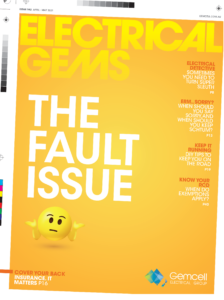
Issue 162
APR - MAY 2021

Issue 161
FEB - MAR 2021

Issue 160
DEC 2020 - JAN 2021

Issue 159
OCT - NOV 2020

Issue 158
AUG - SEPT 2020

Issue 157
JUN - JUL 2022

Issue 156
APR - MAY 2020

Issue 155
FEB - MAR 2020

Issue 154
DEC 2019 - JAN 2020

Issue 153
OCT - NOV 2019

Issue 152
AUG - SEPT 2019

Issue 151
JUN - JUL 2019

Issue 150
APR - MAY 2019

Issue 149
FEB - MAR 2019

Issue 148
DEC 2018 - JAN 2019

Issue 147
OCT - NOV 2018

Issue 146
AUG - SEPT 2018

Issue 145
JUN - JUL 2018

Issue 144
APR - MAY 2018

Issue 143
FEB - MAR 2018

Issue 142
DEC 2016 - JAN 2017

Issue 141
OCT- NOV 2017

Issue 140
AUG - SEPT 2017

Issue 139
JUN - JUL 2017
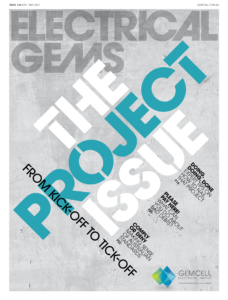
Issue 138
APR - MAY 2017

Issue 137
FEB - MAR 2017

Issue 136
DEC 2016 - JAN 2017

Issue 135
OCT - NOV 2017

Issue 134
AUG - SEPT 2016

Issue 133
JUN - JUL 2016
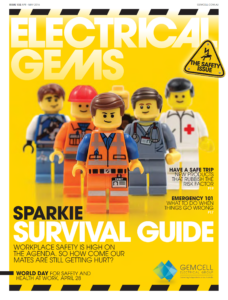
Issue 132
APR - MAY 2016

Issue 131
FEB - MAR 2016

Issue 130
DEC 2015 - JAN 2016

Issue 129
OCT - NOV 2015

Issue 128
AUG - SEPT 2015

Issue 127
JUN - JUL 2015
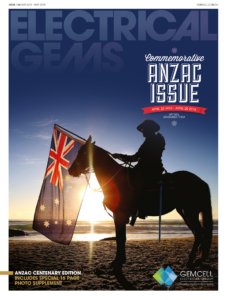
Issue 125
APR - MAY 2015

Issue 125
FEB - MAR 2015

Issue 124
DEC 2014 - JAN 2015

Issue 123
OCT - NOV 2014

Issue 122
AUG - SEPT 2014

Issue 121
JUN - JUL 2014

Issue 120
APR - MAY 2014

Issue 119
FEB - MAR 2014

Issue 118
DEC 2013 - JAN 2014

Issue 117
OCT - NOV 2013
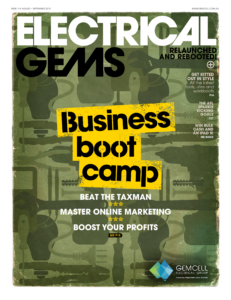
Issue 116
AUG - SEPT 2013

Comments (0)
Write a Comment